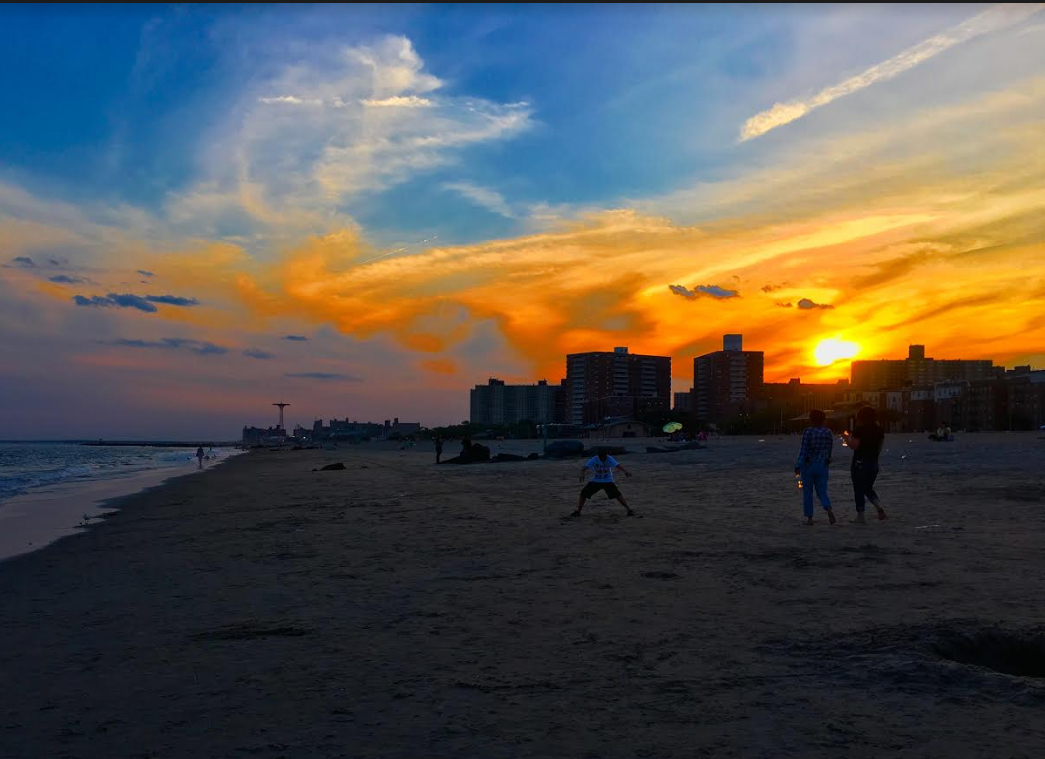Come stroll the Brighton Beach Boardwalk
Eye on Real Estate

Welcome to the Boardwalk in Little Odessa, aka Brighton Beach. Eagle photos by Lore Croghan
Borscht by the seashore.
Sometimes you really need a dose of Brighton Beach.
Coney Island gets all the love from tourists and selfie-snappers. But Brighton Beach is terrific too in its own quiet way.
